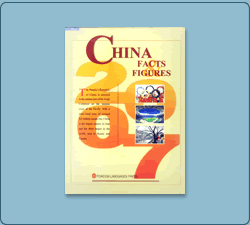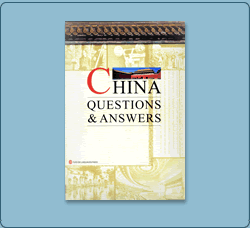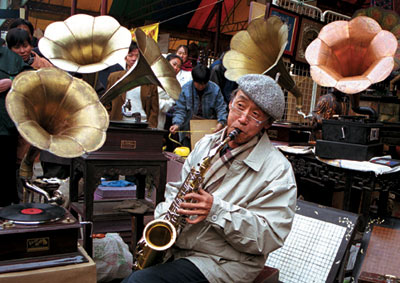 |
 |
 |
 |
 |
| Consumption | |
|
In 2003, China's GDP per capita reached US$ 1,000 at the prevailing rate of exchange, indicating a step up in China's consumption structure. Today, China's consumers are spending their money on education, housing, automobiles, computers, stocks and overseas travel. Living conditions have further improved. Clothing, food, housing and transportation show the greatest changes, reflecting greater concerns over fashion, nutrition and home comfort. Traveling by taxi or in one's own car has become commonplace. The Engel coefficient (food expenses as a percentage of total consumer spending) illustrates the improvement in Chinese life; the figure fell from 39.4 percent in 2000 to 35.8 percent in 2006, according to data from the State Statistics Bureau. The Engel coefficient is gradually approaching the developed countries' figure of 30 percent; among rural households it fell from 49.1 percent to 43.0 percent.
Second-hand market In addition, people have more and better-quality consumer goods. Big-screen HD color TVs, fridge-freezers with large capacity, and low-noise automatic washing machines with fuzzy controller have become the city dweller's first choice when replacing old household appliances. Air conditioners, home entertainment units, water heaters, cars, video cameras, computers and exercise equipment also are popular consumer items. In 2006, car sales in China increased by 25.1 percent. Of every 100 cars sold, at least 60 were bought by individuals, and in big cities the rate was over 80 percent. Expenditure on housing has also kept increasing, reaching over 30 percent nationwide in 2006. The average per capita living area for urban residents was 28.5 sq m, and for rural residents nearly 30.7 sq m. |
| Copyright ? China.org.cn. All Rights Reserved E-mail: webmaster@china.org.cn |
